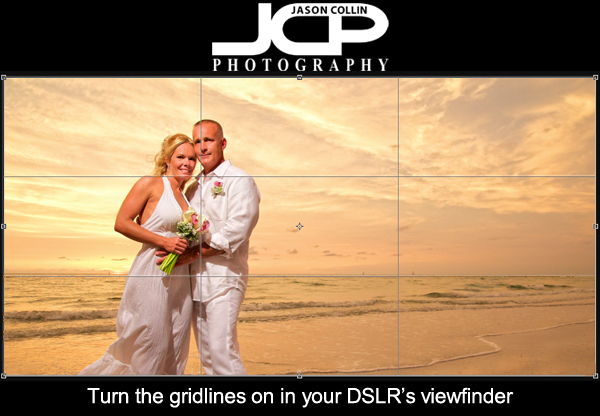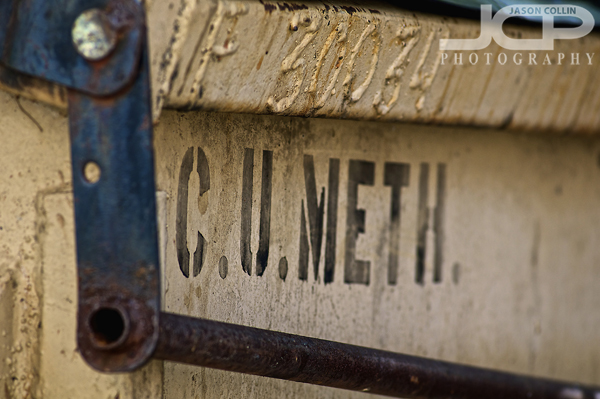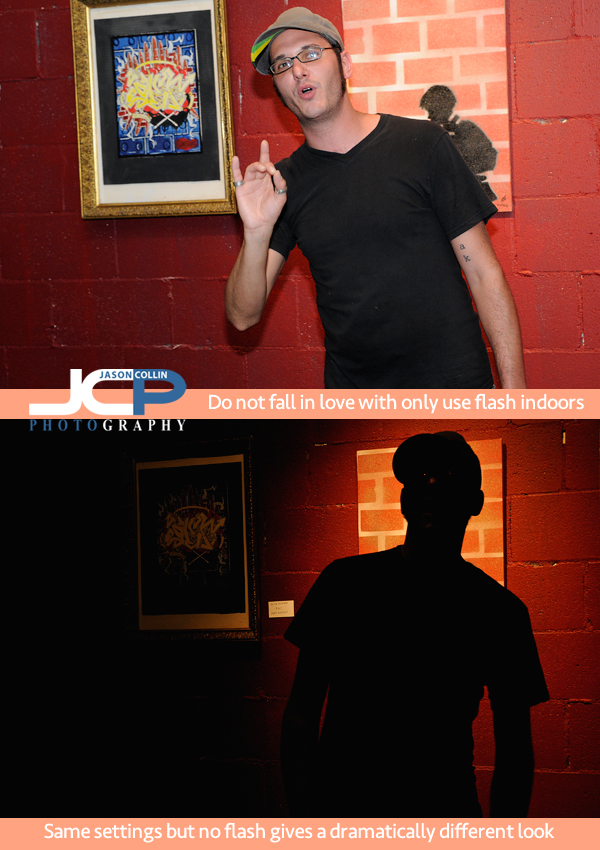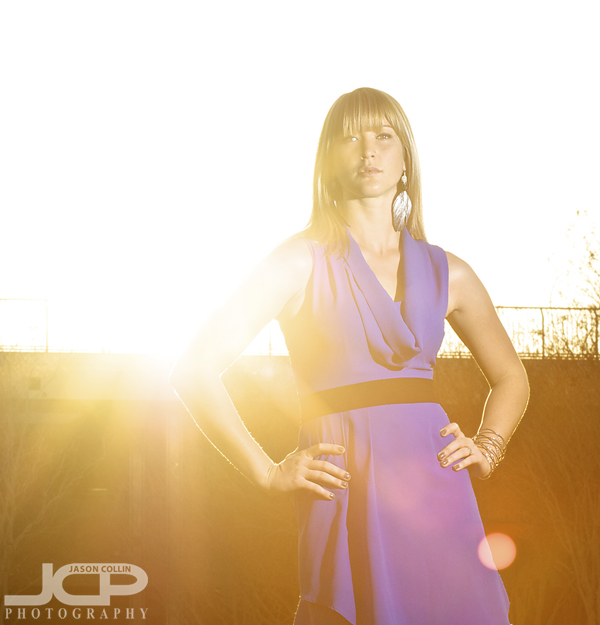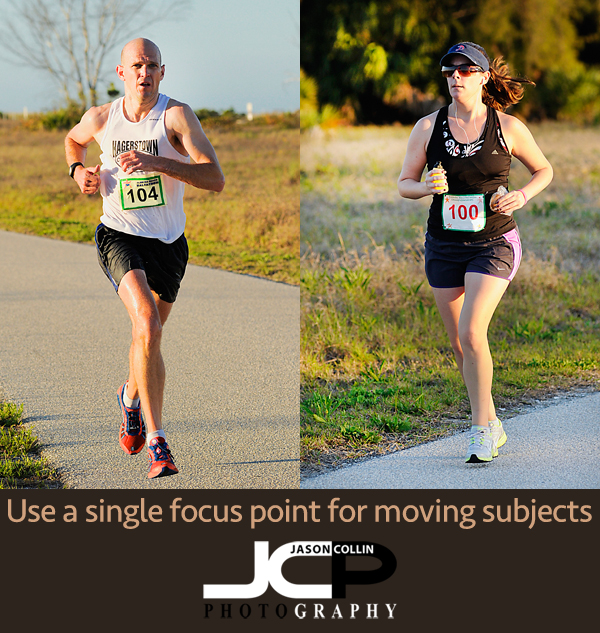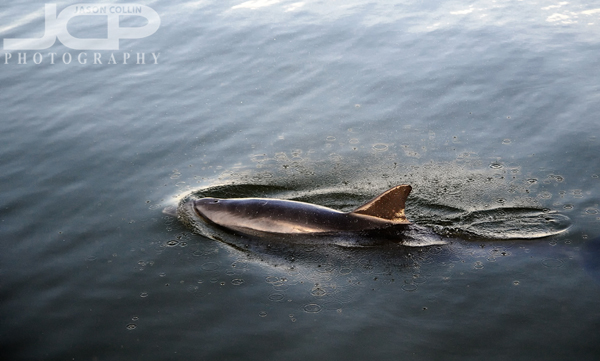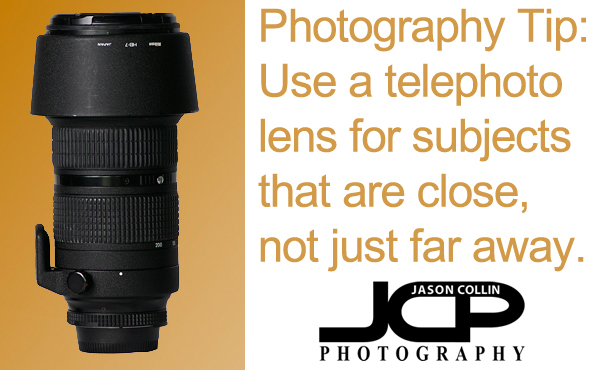 Many of the 155+ photography tips I have posted on my site come from the over 300+ one-on-one photography lessons I have taught over the past five years. From a photography student's question, or from something I teach in the field, I find things that can make for a photography tip blog post. Such is the case with the subject matter of this photography tip. During a recent 1-on-1 photography lesson I had a student switch from a wide angle lens to a telephoto lens to help fill the frame with a subject and to make the background disappear and become bokeh. This is something that I have had every photography student do during lessons, but only upon reading email feedback from this particular student did it occur to me that it may not be obvious to use a telephoto lens to photograph subjects that are close or even very close to you.
Many of the 155+ photography tips I have posted on my site come from the over 300+ one-on-one photography lessons I have taught over the past five years. From a photography student's question, or from something I teach in the field, I find things that can make for a photography tip blog post. Such is the case with the subject matter of this photography tip. During a recent 1-on-1 photography lesson I had a student switch from a wide angle lens to a telephoto lens to help fill the frame with a subject and to make the background disappear and become bokeh. This is something that I have had every photography student do during lessons, but only upon reading email feedback from this particular student did it occur to me that it may not be obvious to use a telephoto lens to photograph subjects that are close or even very close to you.
 Using a telephoto lens for subjects that are close creates bokeh easily and adds another use for a long lens.He told me that he had not thought to use his 70-300mm lens for subjects that were close to him before, but only rather for subjects that were far away. He went on to say this changed his entire perspective on using that lens. Thus, I decided to make it a photography tip so that in case anyone else has not necessarily used their telephoto lens for close subjects before can do so and get the benefits of using a lens with a long focal length on a subject close to the photographer.
Using a telephoto lens for subjects that are close creates bokeh easily and adds another use for a long lens.He told me that he had not thought to use his 70-300mm lens for subjects that were close to him before, but only rather for subjects that were far away. He went on to say this changed his entire perspective on using that lens. Thus, I decided to make it a photography tip so that in case anyone else has not necessarily used their telephoto lens for close subjects before can do so and get the benefits of using a lens with a long focal length on a subject close to the photographer.
In the above portrait example, the model was very close to where I was standing, but I still used the lens' maximum focal length of 200mm to create a more personal composition and also of course bokeh in the background. So try going out this weekend with your telephoto lens and photograph close by subjects and let me know the results.

